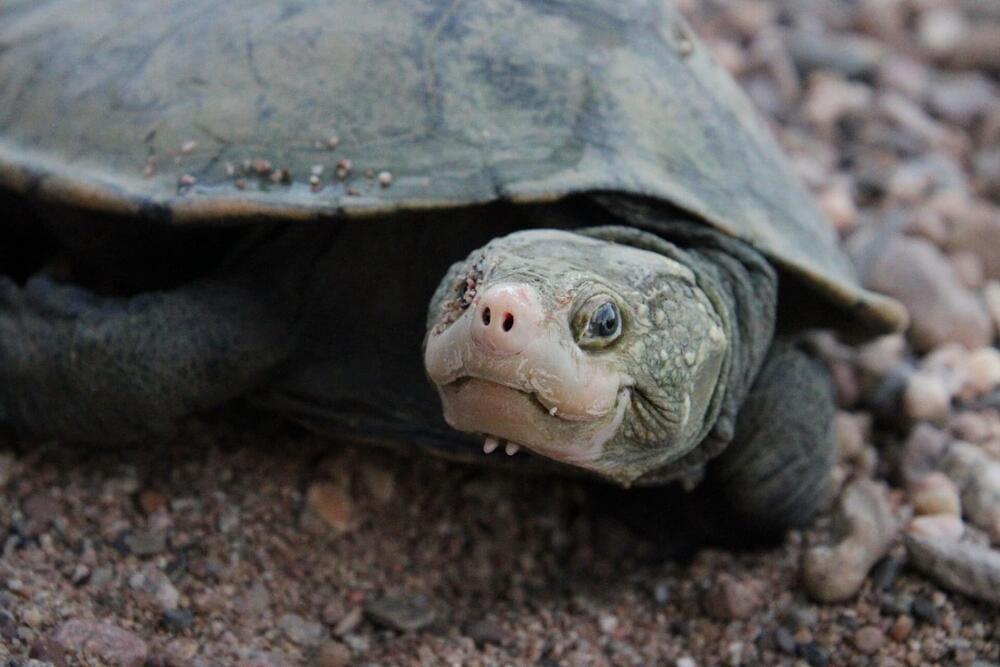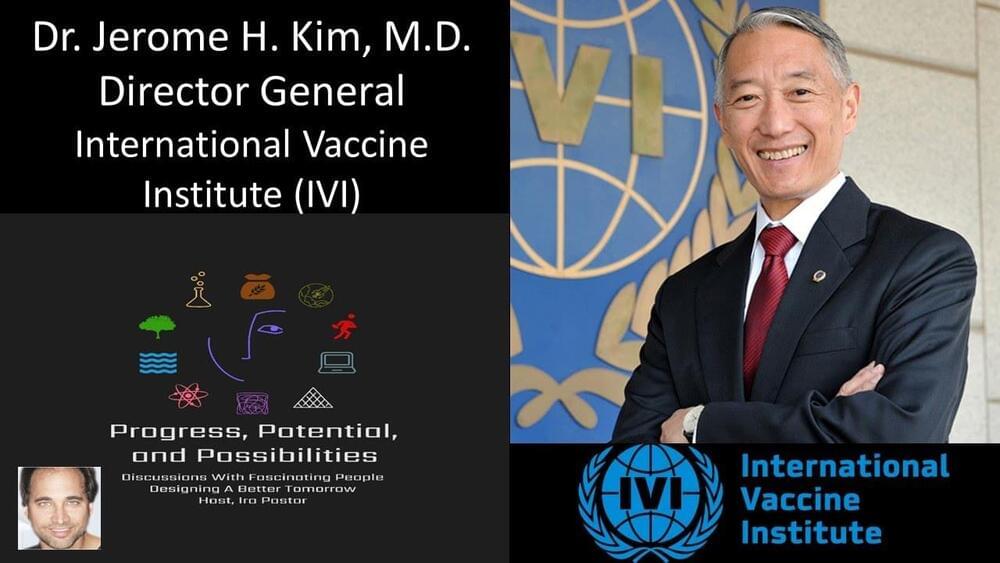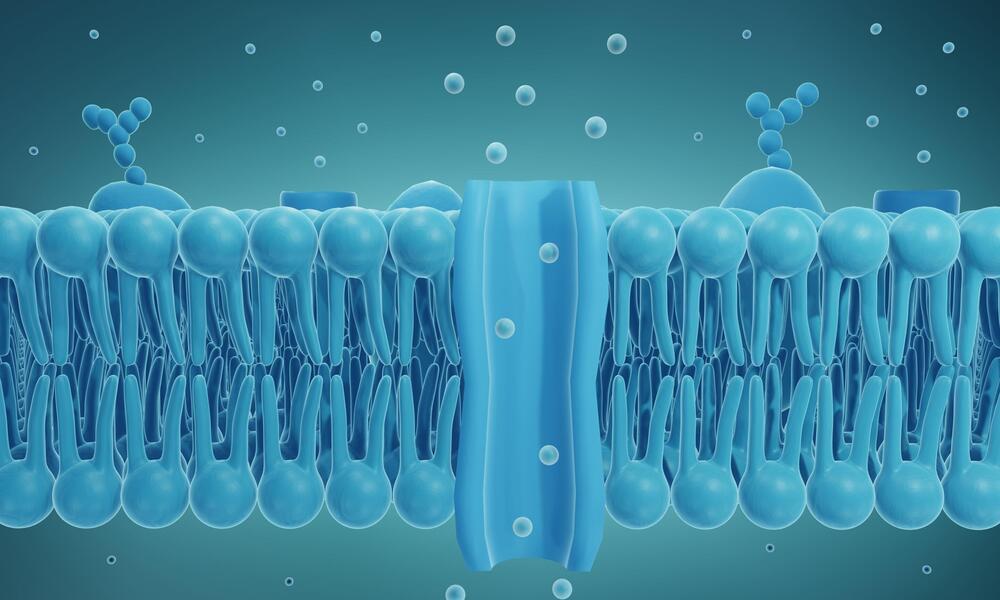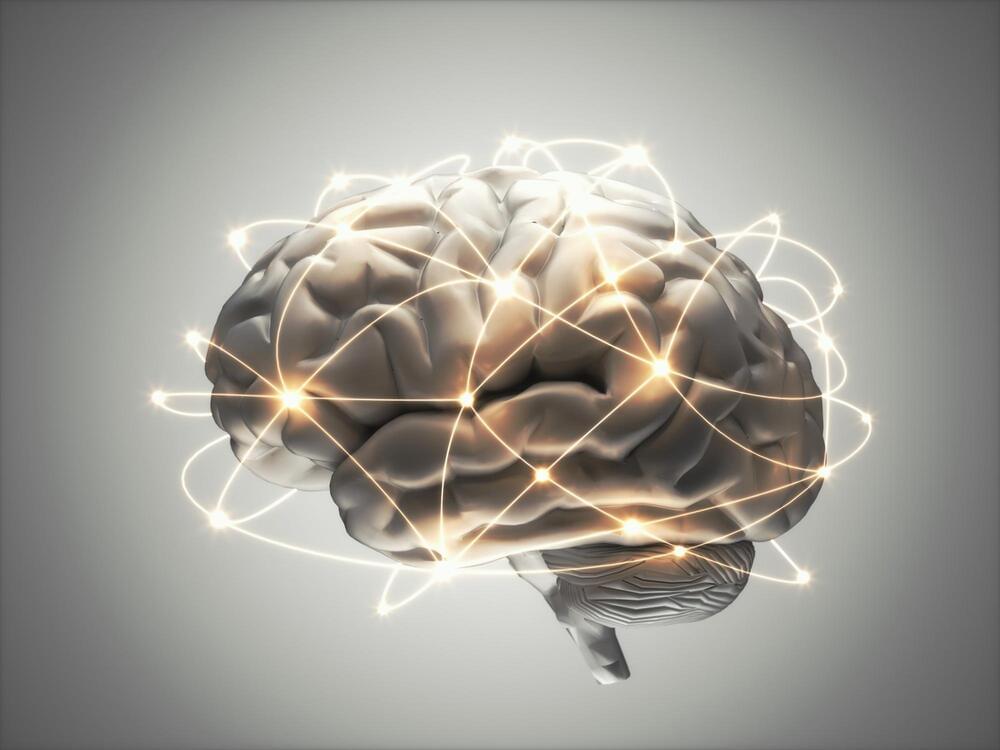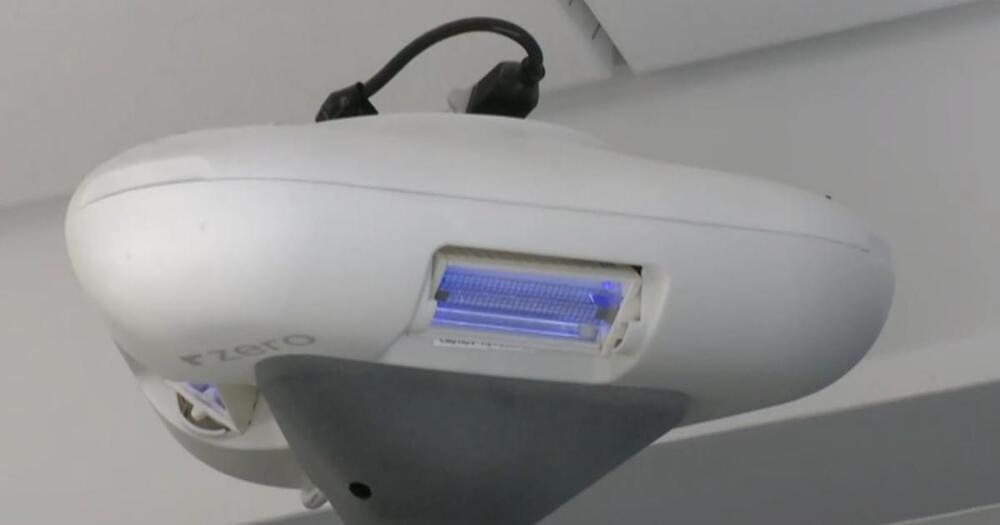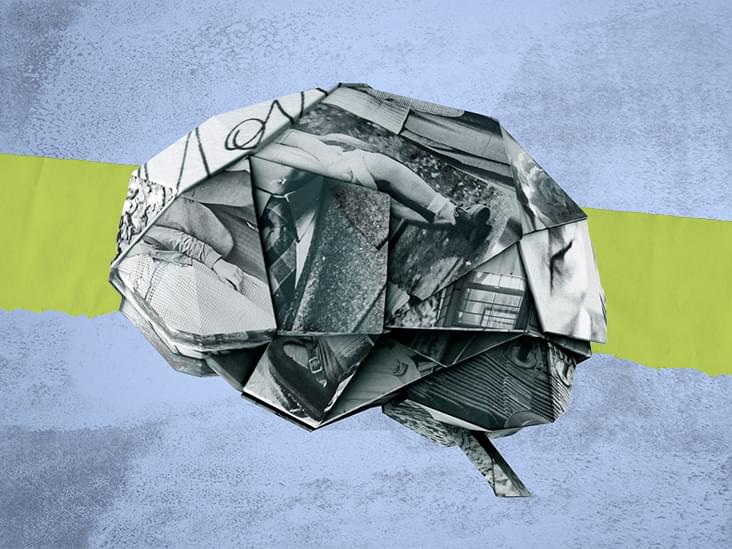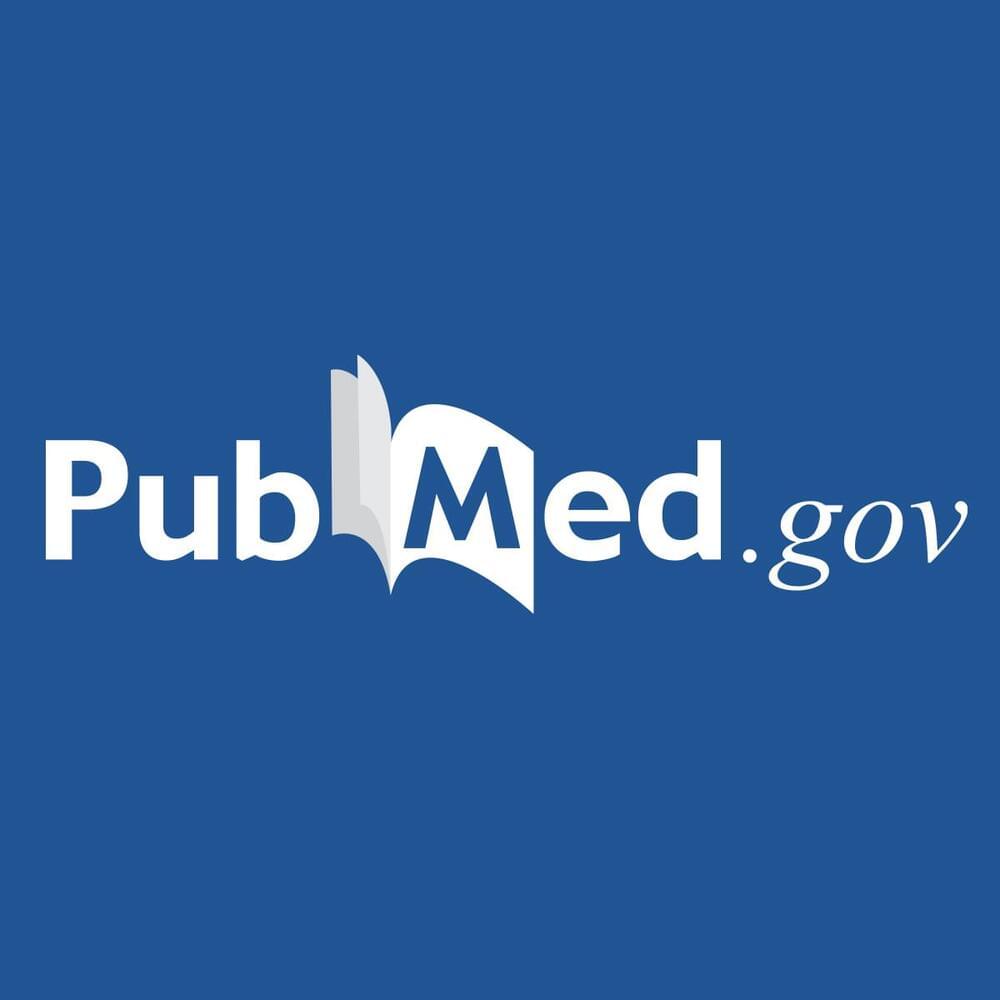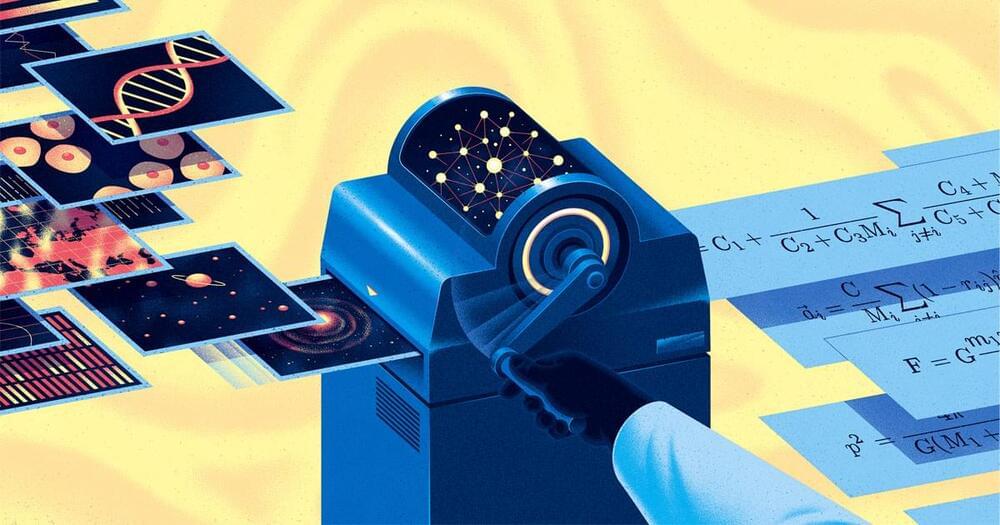May 11, 2022
Long-lost ‘bum-breathing’ turtle makes its return
Posted by Dan Breeden in category: biotech/medical
A revolutionary new DNA detection method has helped rediscover an iconic species of turtle last seen more than 25 years ago in a northern Queensland river.
Water samples taken from the lower Burdekin River by a James Cook University-led team of researchers and analyzed for environmental DNA (eDNA) confirmed the presence of the Irwin’s turtle at many sites along the river, which has not been formally recorded in the area for more than 25 years.
The turtle, first discovered in the Burdekin catchment by the late Steve Irwin and his father Bob in the early 1990s, is among a number of freshwater species that uses its cloaca (equivalent to its bum) to breathe while underwater, which allows it to stay submerged underwater for longer.
